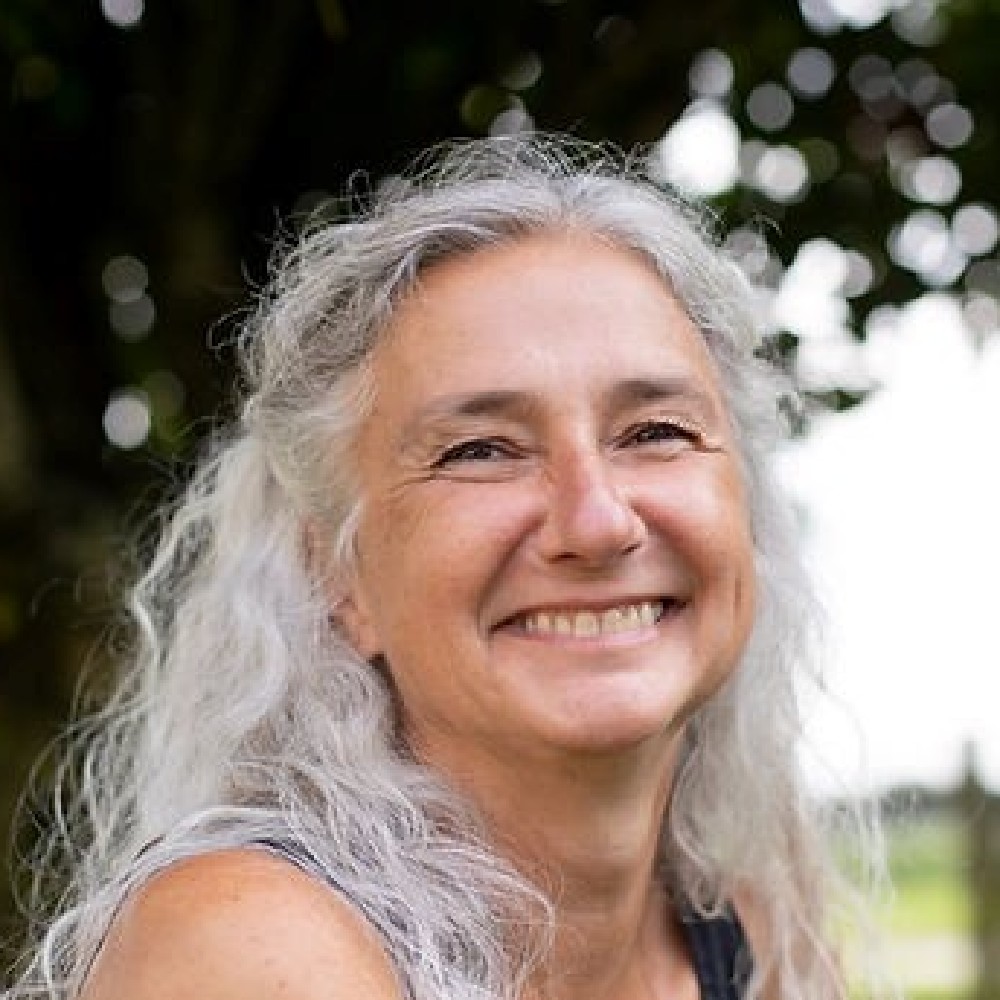Identity is a funny thing. In my 55 years on this planet, there have been times when my identity felt like an integral part of me, like my heart pounding in my chest, and times it felt as slippery as a wet bar of soap. I would spend years without questioning it, and then suddenly wonder who the hell I was.

“Wait a minute, who am I?”
As a coach, I found this question fascinating.
It would appear every time I encountered change in my life. My identity would crumble when I quit a job, left a relationship, failed to launch a project or a business, or gained some weight. What made my identity so fragile that as soon as my outer world changed, my inner world fell apart?
I was thirsty for answers and dove into a rabbit hole, which eventually put me on the path that defines my work today.
Our identity is how we see ourselves, how we feel about the things we do, how we relate to certain situations, challenges, other people, and ultimately how we show up in the world. It’s how we define ourselves, but the funny thing is, it’s not even real. I mean, it’s not really real.
It’s a construct, which we learn to build, but what is it built on and how does it serve us? More times than not, it holds us back, provoking moments of doubt, repetitive guilt trips, useless self-judgment, and profound existential crises.
If it was a profound representation of who we are, why is it so easily destroyed?
Rather than build our identity on our profound values, desires and uncensored expression of the things we love, we adopt the values of others and try to make them work for us.
This is not a conscious thing, and it happens way too early in our lives for us to recognise it before it’s too late. As we spend our childhood trying to figure out how this world works, and what keeps us safe and out of trouble, we pick up on the values, fears, beliefs, and judgment of those around us. Inevitably they become ours, as they help us navigate the obstacles of life, or so we think.
Whether we realize it or not, we are constructing the imaginary castle of our future kingdom, which we’ll potentially spend more time hiding in rather than ruling.
But that is not all.
We fill this castle with all sorts of thoughts and beliefs, most of which aren’t even ours.
We start to identify with our family’s history, as we are now part of the family tree. We learn to relate to the suffering and accomplishments of our people, or feel ashamed of their ill doings, when they have done wrong. We identify with their physical appearance, as mirrors don’t fail to remind us of our roots. And we adopt their fears, which they have unintentionally handed down, in the form of advice, tough love, or over-protection.
Now we have an identity.
But is it truly ours? Do we really feel comfortable with these beliefs? Do these fears truly serve us?
Welcome to Identity Crisis number 1!
For most, it will appear during adolescence, but some of us will postpone it far beyond our teen years.
Whatever the timing, this is an amazing opportunity for us to decide who we are, what we stand for, and how we want to show up in the world. But it’s a tough call. It means figuring out what model of the world fits our profound values and questioning the beliefs that were handed down to us. It means gaining awareness of our baggage, fears and vulnerability, finding our voice and letting it be heard, no matter the consequence.
It’s a difficult and daring process, and eventually, most of us try to find something we can identify wih that doesn’t ruffle too many feathers or put us at risk because the risk is great. Stepping out of alignment with the tribe to step into alignment with ourselves could mean potentially being abandoned, and that is our greatest fear of all.
And so, by falling back into rank, we set ourselves up for a series of identity crises to follow. By staying in a castle built of values, fears, and beliefs that are not fully ours, we stay inside the castle of a constructed identity, which stands on shaky grounds. So when one of the pillars takes a hit, be it your relationship, finances, status, job, or physical appearance, the castle wobbles and the questions around its foundation arise.
But the biggest identity crisis appears when all the pillars are nicely in place, with no challenges in sight, and you are standing at the top of your kingdom looking down, feeling empty. When everything is exactly as it was supposed to be in order to feel fulfilled and successful, and you feel nothing at all, that is when you know that the foundation of your identity was a construct built on values that were not your own.
In reality, the core of our identity is what is left when we remove all that we have learned to believe about ourselves and how the world works, and step out from behind the walls. Identity is about connecting to our values, not theirs. It takes challenging our mindset and letting go of our limiting beliefs. It means saying, “my past does not define who I am, and my fears do not dictate my future.”
It is only when we go through the process of shedding external values, beliefs and fears that we can connect with an identity that feels solid and true. This identity cannot be destroyed, because its pillars are within, untouchable by the outside world, free of judgment, and built on a profound sense of Self.
For more information, visit: www.maps-of-life.com
RELATED: DID Awareness Day: Erasing the myths of Dissociative Identity Disorder (femalefirst.co.uk)

